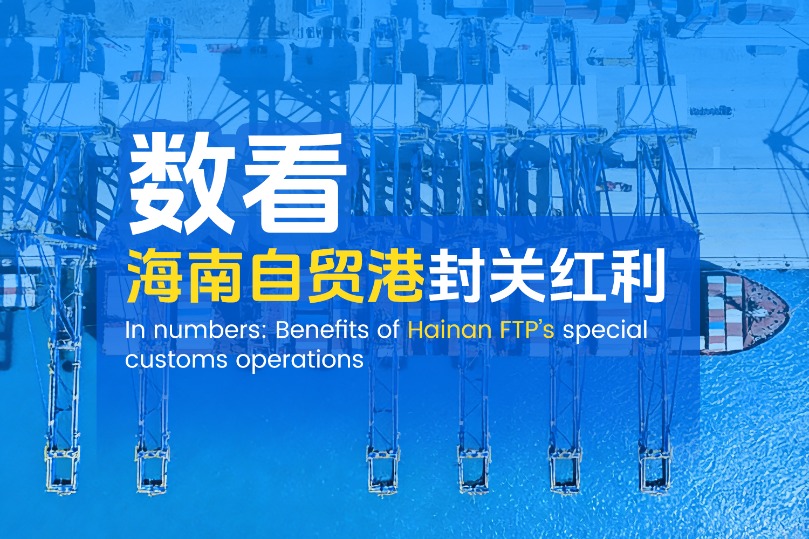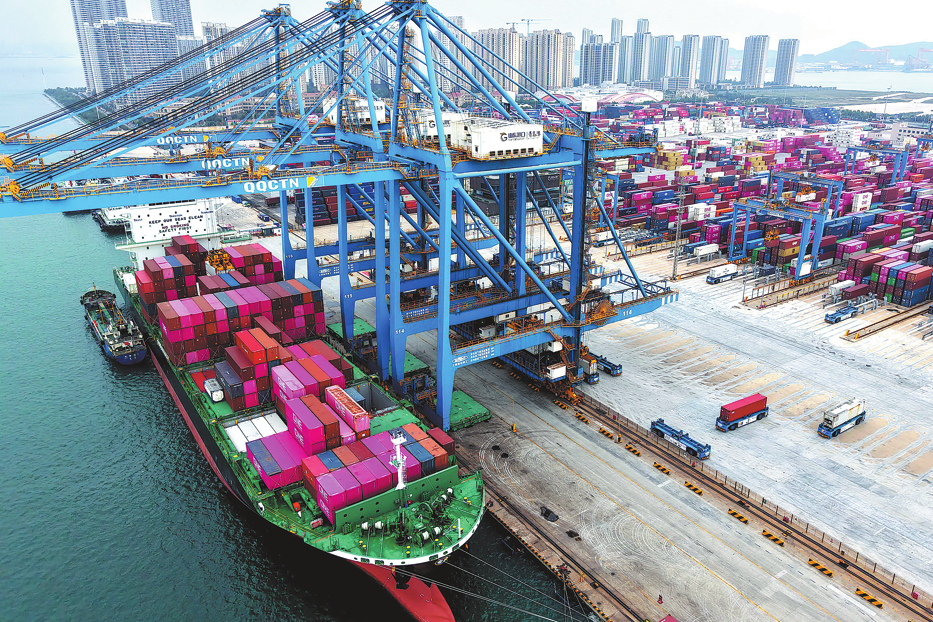Pioneering green Arctic development

Economic development in any part of the world in the 21st century should go hand in hand with ecological responsibility, especially if it is in the Arctic where the cost of an anthropic mistake could have consequences for the whole planet.
Western experts and media tend to speculate on China's carbon footprint in the region and its negative impact on the flora and fauna of littoral states. China's practical steps in the Arctic, however, show it is part of a pool of countries promoting sustainable regional development. The core reason for this lies in China's long-term national strategy to use advanced engineering solutions, technologies and strict European Union environmental standards to combat pollution problems at home, and transform the energy balance toward renewables.
China is engaged in several promising technology projects in the Nordic countries that have Arctic reference for China's environmentally friendly development.
The first project is in the northern territory of Finland, which uses raw materials and bio-waste to generate second-generation bio-diesel that is cleaner than fossil fuel. Since the use of ecologically friendly materials to generate energy is a strategic task for both Helsinki and Beijing, bilateral cooperation and exchange of technologies will prosper.
Kaidi Finland (a subsidiary of China-based Sunshine Kaidi New Energy Group) has already invested €1 billion ($1.20 billion) in a biofuel plant in Kemi, Finland, and has plans to establish a second unit for €800 million. This will help China to meet its target of producing up to 8 million tons of biofuel by 2020 to reduce sulfur emissions from public transport vehicles in big cities.
The second project with Arctic reference is generating geothermal energy for heating and electricity, in which Iceland and China have built up a strong cooperation mechanism with an eye to its financial, technological and environmental benefits, in order to meet Beijing's goal of increasing the share of clean energy to 15 percent in its energy mix by 2020. The pilot project using Icelandic know-how was launched in Xianyang, Northwest China's Shaanxi province, in 2006.
The project's success raises hopes of extending the technology to the provinces of Hebei (Baoding city), Shandong, Sichuan and Yunnan, as well as the Tibet and Xinjiang Uygur autonomous regions. Geothermal energy will reduce the use of coal by hundreds of thousands of tons a year and cut heating costs by almost 30 percent.
The third Arctic reference is in the marine technology sphere and covers several industries: offshore wind turbines, efficient ship design and sustainable aquaculture. Sino-Danish cooperation in the wind energy sector will soon help upgrade vast numbers of Chinese wind turbines and their grid to emulate Denmark's almost zero-energy-loss transfer rate.
The cooperation in the shipbuilding sector with Finland will help China to reduce diesel consumption and equip its trade fleet with more efficient engines. This resultant reduction in pollution will enable Beijing to meet the International Maritime Organization's criterion of zero-sulfur emission in the Arctic by 2020.
China has also joined some leading European countries in intensifying research into new bio-marine fuel as an alternative to liquefied natural gas, and to make ship engine upgrade cheaper. And now since China-Norway ties have been normalized, Beijing should work with Oslo to gain experience in reducing energy use in aquaculture and yet producing high-quality seafood in large amounts.
China's continued partnership with the Nordic countries in eco-friendly development projects in the Arctic will yield even better results in the future. A breakthrough in any of the above-mentioned areas will facilitate innovations in terms of not only technology, but also production cost, distribution, price and profit-similar to what happened in the solar power sector.
China's ability to play a more active role in the Arctic should elicit more response from the Nordic states, resulting in more eco-friendly projects, which could help the Chinese economy achieve carbon neutrality by 2050.
The author is a visiting scholar at Fudan Development Institute and a researcher in the Arctic at Akvaplan-Niva (Norway).


































